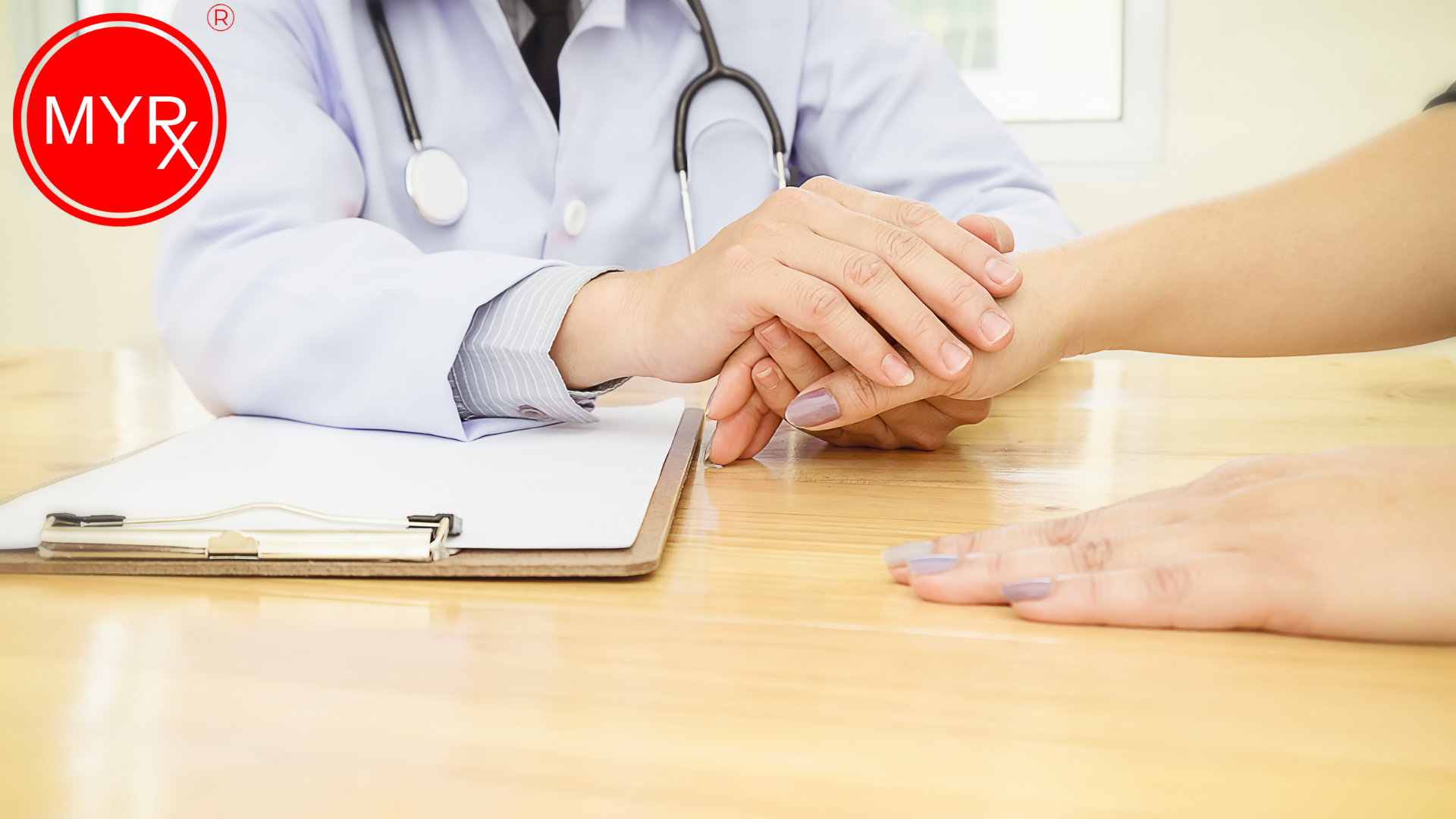
Revolutionizing Healthcare with Internet of Things (IoT) Devices: Improving Patient Monitoring and Treatment Outcomes
Introduction
The Internet of Things (IoT) is reshaping the healthcare industry by connecting devices, sensors, and systems to create a network of interconnected healthcare solutions. IoT devices are revolutionizing patient monitoring, enabling remote healthcare, and improving treatment outcomes. In this article, we will explore the transformative impact of IoT in healthcare and how it is enhancing patient care, empowering healthcare professionals, and driving innovation in the field.
Remote Patient Monitoring:
IoT devices enable remote patient monitoring, allowing healthcare providers to collect real-time data on patients' vital signs, medication adherence, activity levels, and more. This continuous monitoring helps detect early signs of deterioration, enables proactive interventions, and reduces hospital readmissions. Patients can receive personalized care from the comfort of their homes, improving their quality of life and overall health outcomes.
Wearable Health Devices:
IoT-powered wearable devices, such as smartwatches, fitness trackers, and biosensors, are empowering individuals to actively monitor their health and well-being. These devices can track heart rate, sleep patterns, and physical activity, and even detect abnormal health indicators. By collecting and analyzing this data, individuals can gain insights into their health status, make informed lifestyle choices, and engage in preventive healthcare practices.
Smart Medical Devices and Equipment:
IoT technology is transforming traditional medical devices and equipment into smart, connected devices. These devices can transmit real-time data, automate routine tasks, and provide accurate measurements. For example, smart insulin pumps can monitor blood glucose levels and deliver insulin doses accordingly, enhancing diabetes management. IoT-enabled imaging systems can streamline image interpretation and facilitate remote consultations, improving diagnostic accuracy and treatment planning.
Enhanced Medication Management:
IoT devices are improving medication management and adherence. Smart pill dispensers and medication reminder systems use IoT technology to send reminders, dispense medications at scheduled times, and track adherence patterns. These devices help patients stay on track with their medication schedules, reducing medication errors and improving treatment outcomes.
Efficient Healthcare Operations:
IoT devices play a crucial role in streamlining healthcare operations and improving efficiency. Connected devices can automate inventory management, asset tracking, and equipment maintenance, reducing manual efforts and minimizing errors. IoT-enabled systems can monitor equipment usage, detect malfunctions in real time, and trigger preventive maintenance, ensuring that healthcare facilities operate smoothly and healthcare professionals can focus on patient care.
Data-driven Decision Making:
The vast amount of data collected by IoT devices presents an opportunity for data-driven decision-making in healthcare. Advanced analytics and machine learning algorithms can analyze this data to identify trends, patterns, and potential health risks. Healthcare providers can leverage these insights to make informed decisions about treatment plans, interventions, and resource allocation, leading to better patient outcomes and optimized healthcare delivery.
Telemedicine and Virtual Consultations:
IoT technology is revolutionizing telemedicine and virtual consultations. With IoT-enabled devices, healthcare providers can remotely examine patients, monitor vital signs, and engage in video consultations. This enables access to healthcare services for individuals in remote areas, facilitates timely interventions, and reduces the need for in-person visits, particularly for non-emergency situations.
Conclusion
The Internet of Things (IoT) is transforming healthcare by revolutionizing patient monitoring, enabling remote healthcare, and improving treatment outcomes. From remote patient monitoring and wearable health devices to smart medical equipment and efficient healthcare operations, IoT devices are reshaping the way healthcare is delivered. As IoT technology continues to advance, we can expect further innovation, improved patient care, and enhanced collaboration among healthcare providers, ultimately leading to a more connected and patient-centric healthcare ecosystem.